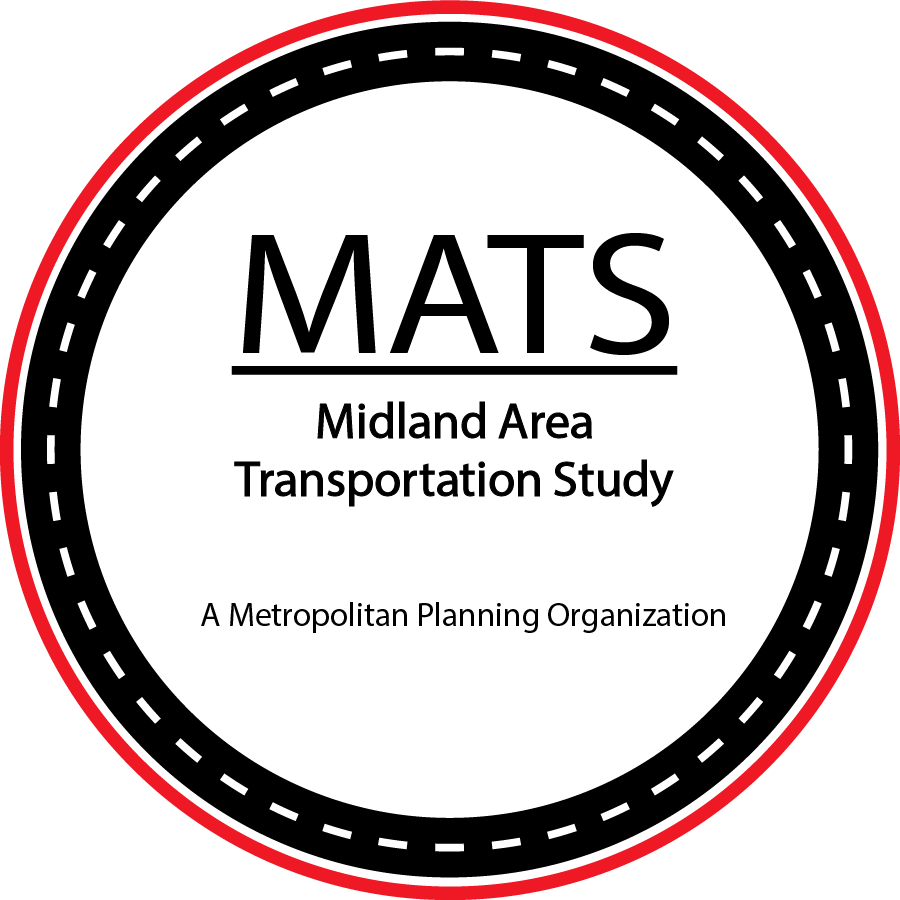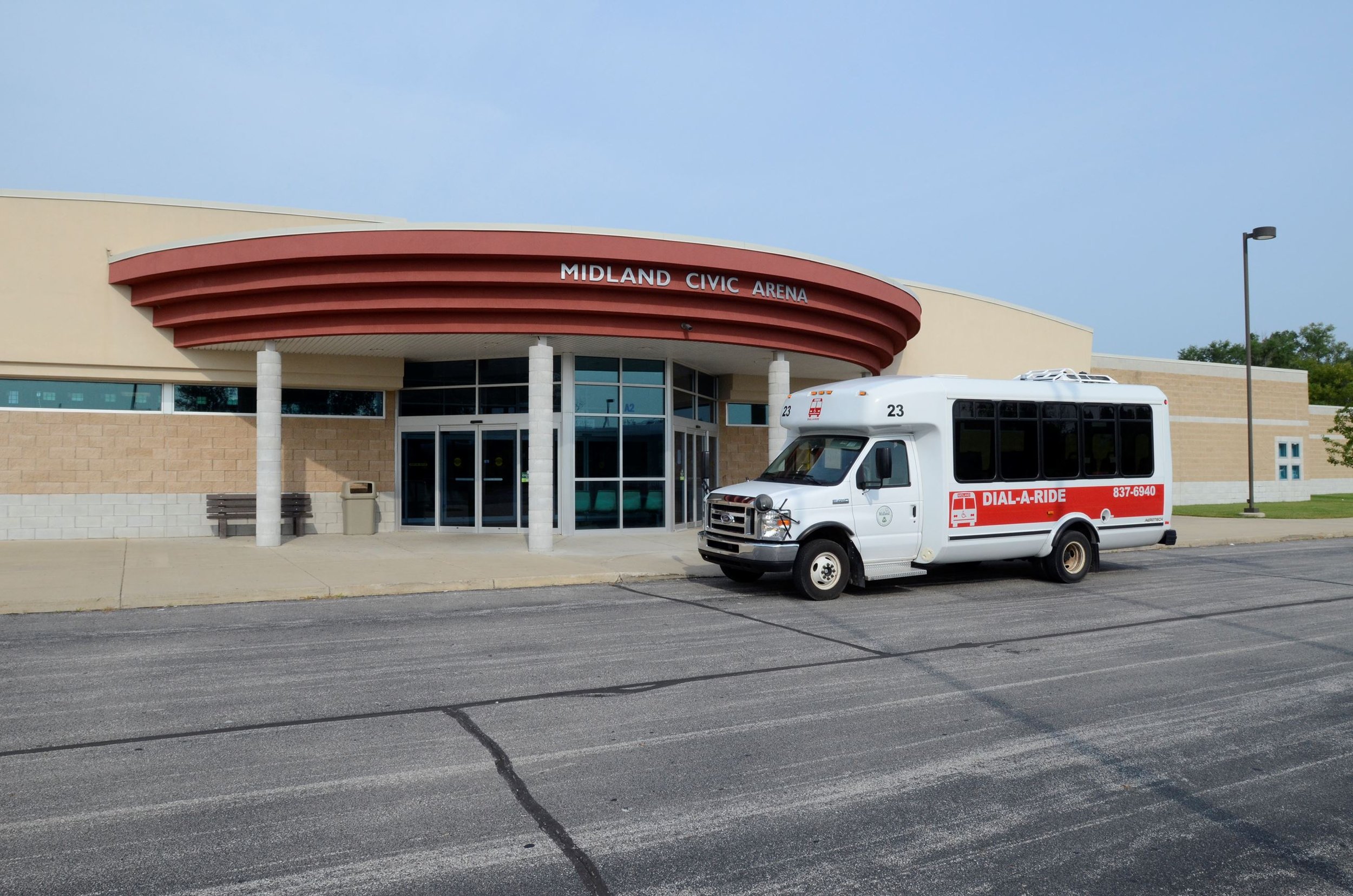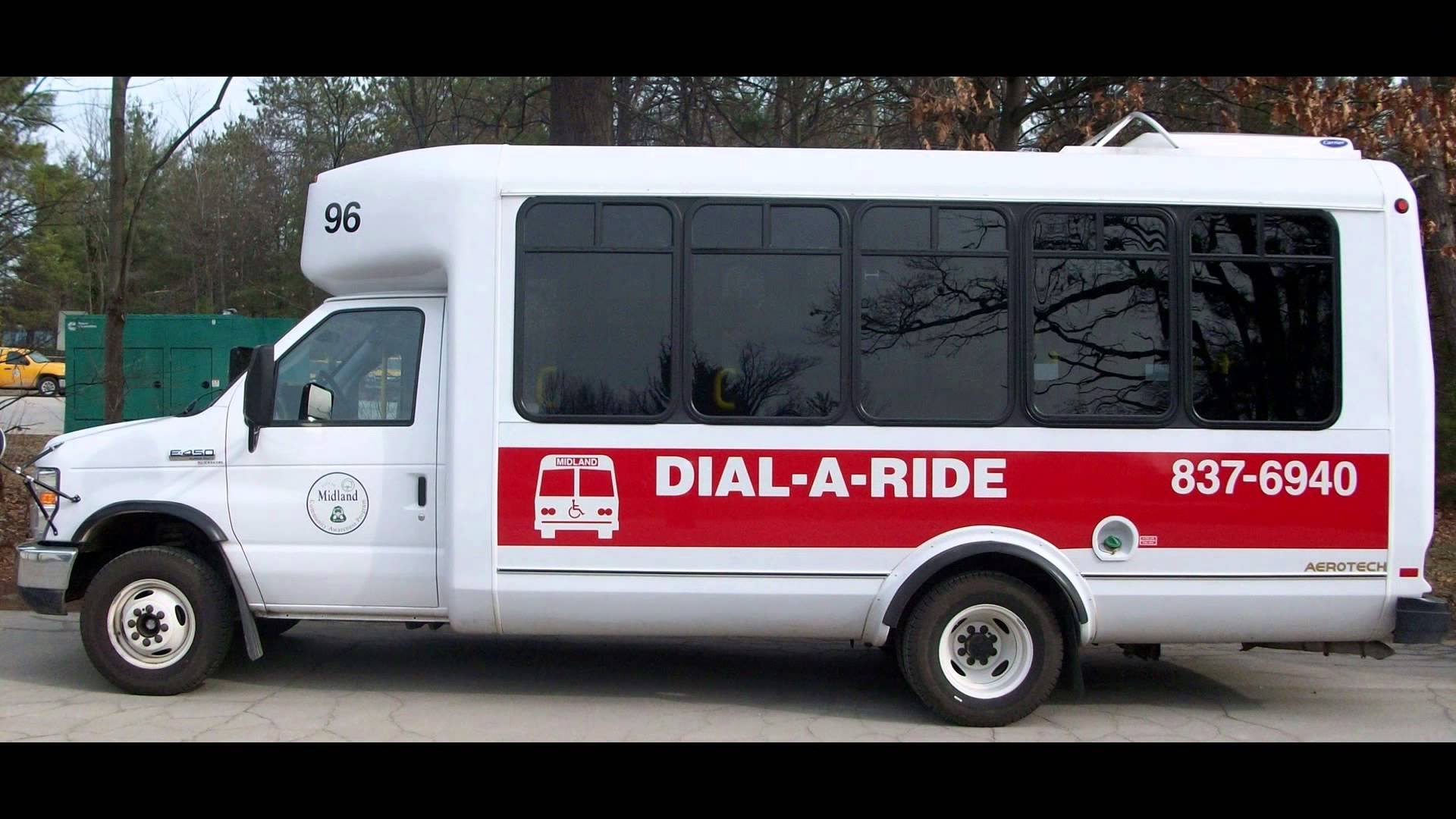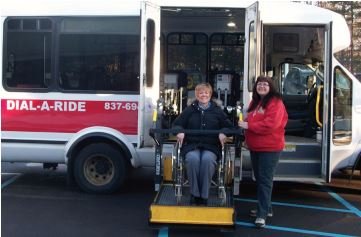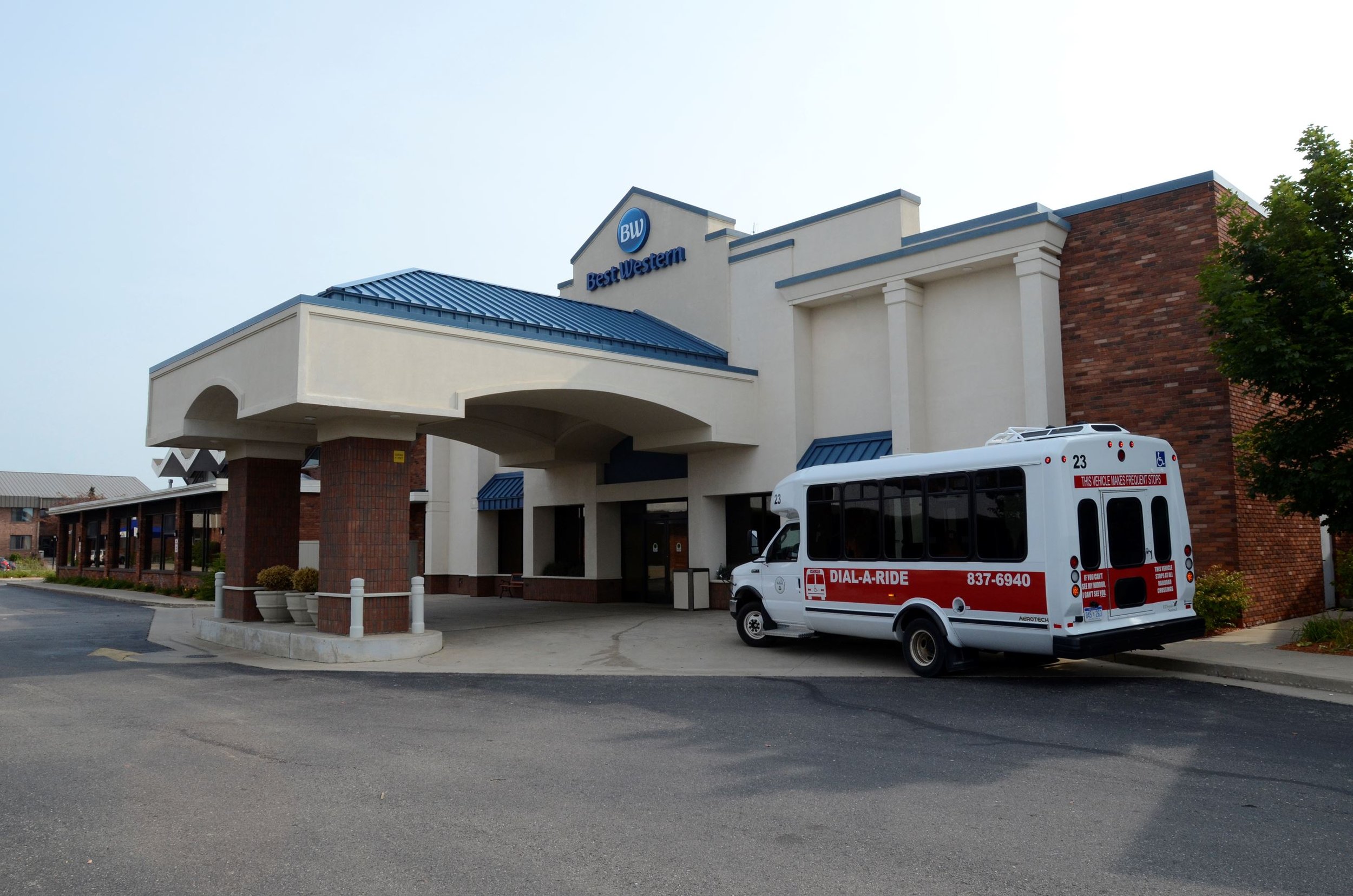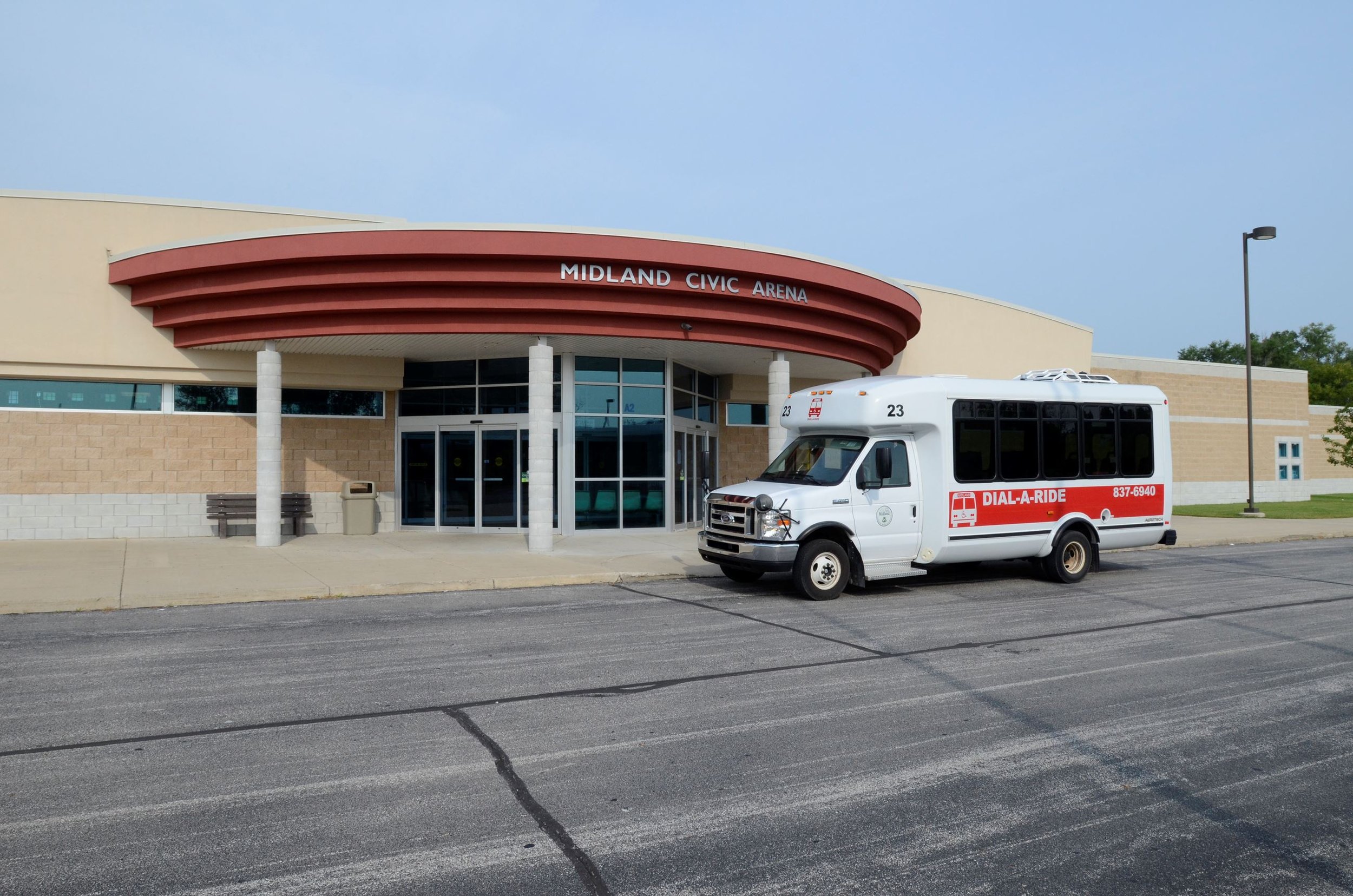Transit Asset Management (State of Good Repair)
MAP-21 mandated the Federal Transit Administration (FTA) to develop a rule establishing a strategic and systematic process of operating, maintaining, and improving public capital assets effectively through their entire life cycle. Under the Transit Asset Management Final Rule, FTA specified the transit asset management process, established a system to monitor and manage public transportation assets to improve safety and increase reliability and performance. FTA specified the requirement for TAM Plans and four performance measures to approximate the State of Good Repair (SGR) for four categories of capital assets.
Every agency must develop a transit asset management plan (TAM) if it owns, operates, or manages capital assets used to provide public transportation, and provide the plan to the local MPO if applicable. Each TAM plan should:
Outline how people, processes, and tools come together to address asset management policy and goals
Provide accountability and visibility for furthering understanding of leveraging asset management practices
Support planning, budgeting, and communications to internal and external stakeholders
In our case, DART has transmitted its TAM Plan to MATS where it will be kept on file and utilized in the decision-making for projects contained in the 4-year TIP and the Long Range Plan.
CCM, as a rural transit agency, is not required to prepare an individual TAM Plan, but rather MDOT is responsible for a statewide TAM Plan for all rural transit providers.
-
Urban transit agencies (DART for the MATS area) are required to set performance targets for each of the four performance measures:
Rolling Stock: The percentage of revenue vehicles (by asset class) that have met or exceeded the useful life benchmark (ULB).
Equipment: The percentage of facilities (by group) that are rated less than 3.0 on the Transit Economic Requirements Model (TERM) Scale.
Facilities: The percentage of facilities (by group) that are rated less than 3.0 on the Transit Economic Requirements Model (TERM) Scale. Condition assessments must be no more than four years old.
Infrastructure: The percentage of track segments (by mode) that have performance restrictions. Track segments are measured to the nearest 0.01 of a mile.
Performance measures help transit agencies quantify the condition of their assets, which facilitates setting targets that support local funding prioritization.
-
Rural transit providers (CCM for the MATS area) are not required to set individual targets, but rather are included in the MDOT statewide target setting process.
MPOs are required to integrate transit asset targets into their planning process. Once MPOs receive the SGR targets from the urban transit provider and MDOT they are also required to establish targets for the entire MPO planning area, in coordination with the transit providers.
-
For the initial cycle of target setting in June 2017, draft targets were developed with the cooperation of both DART and CCM. DART targets were self- derived (as required for each urban transit provider), whereas MDOT derived group and individual targets for rural transit providers and thus CCM. MATS group targets were essentially an average between the DART targets and the CCM targets in the applicable target areas. The infrastructure target is not applicable since the assets measured are not owned or operated by either DART or CCM. The remaining targets were approved by MATS’ Policy Committee initially on July 11, 2017.
Between 2017 and 2020 MATS area-wide targets were updated annually. Since then, FTA issued a clarification in guidance stating that although transit providers need to review their targets annually, MPOs are not required to. MPOs can modify the targets based on the schedule for updating the Transportation Improvement Program (TIP) or the Long Range Plan. However, best practices encourage consultation and communication with MDOT and transit providers to ensure alignment of targets.
-
-
-
-
-
-
